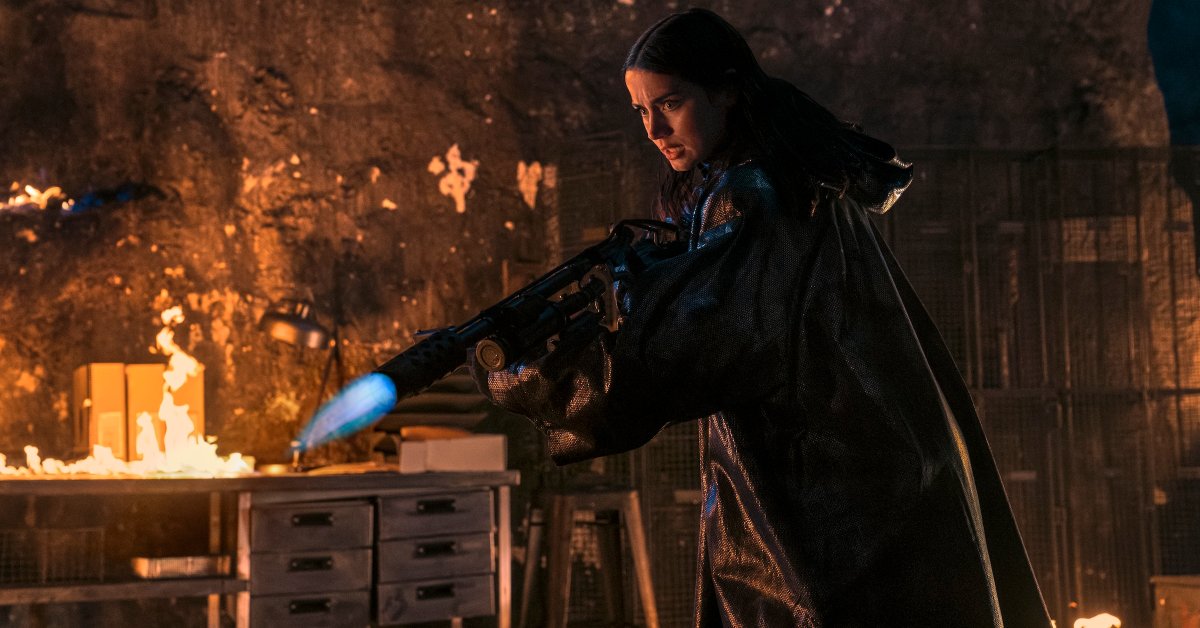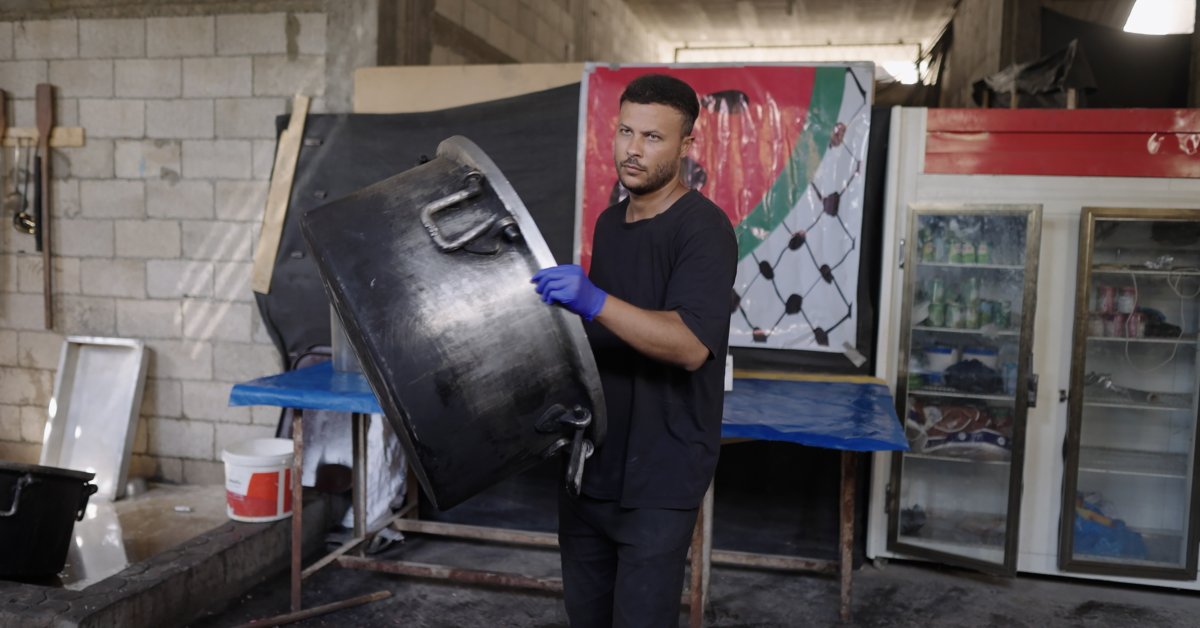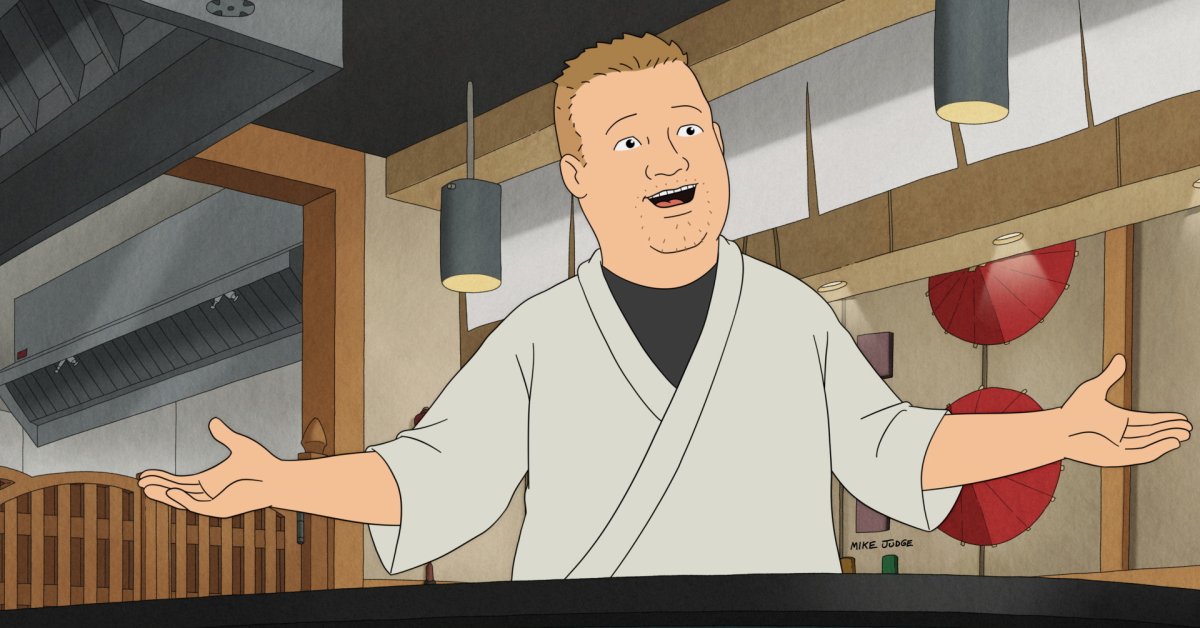Don’t be misled by the title Ballerina: there’s very little traditional ballet in this John Wick spinoff, and frankly, it could use more. But this fifth installment in the Wick franchise does feature plenty of balletic violence, perhaps the next best thing to actual dancing. You begin to wonder how any fight choreographer could come up with so many variations on the classic roundhouse kick, so many ruthlessly clever chokeholds, such a kaleidoscopic menu of eye gouging, arm-breaking, and flamethrowing. The pleasures of Ballerina are both blunt and fleeting; you’re not going to remember the plot—or any of the performances, perhaps save one—five minutes after the end credits role. But the picture’s cartoonish brutality is cathartic. Feeling angry enough to bust some balls, literally, but don’t want to cause undue harm and/or get arrested? Ballerina is your movie. Let Ana de Armas crack those nuts for you.
The movie opens, classically and predicatably, with backstory: we see a young girl with a bloodied face clutching a dome-shaped music box with a twirling ballerina figure inside, its surface smeared with bloody fingerprints. We learn that her father gave her this little trinket, not long before he was killed by a mini-army of highly skilled thugs. Somehow, this newly minted orphan manages to escape their vengeance. Thanks to the intervention of Ian McShane’s scary but principled Winston, she’ll be raised by a chilly mother figure and ballet instructor known only as The Director, played, in a fetching array of gold-embossed shawls and velvety kimonos, by Angelica Huston. The Director also happens to be the bloody mama of the secret crime syndicate the Ruska Roma—the very organization whose clutches John Wick is seeking to escape. (If you’re keeping track, the events of Ballerina take place between John Wick: Chapter 3 — Parabellum and John Wick: Chapter 4.)
The heartbroken little girl with the ballerina music box will grow up to be Ana de Armas’ Eve Macarro, a young woman bent on—what else?—avenging her father’s murder. The ultra-simple plot mechanics of Ballerina are perhaps one reason de Armas—so delightfully flirty and kick-ass as a Bond accomplice in No Time to Die and so disappointing, through no fault of her own, in Andrew Dominik’s Marilyn Monroe exploitation-fest Blonde—doesn’t really resonate here as a performer. She’s a little like that ballerina under the dome: graceful, tenacious, but ultimately more decorative than interesting. The movie’s blunt “You killed my father”-centric dialogue, characteristically laconic in the John Wick tradition, doesn’t help. But de Armas has got the moves, and she’s adequately dazzling in a scene where she slinks into a polar-themed nightclub to protect the ditzy daughter of some rich muckety-muck. Nobody can crotch-kick a dude like she can, particularly in a svelte sequined dress.
Even if de Armas is the star of this show, there’s just enough Keanu Reeves to remind you what franchise you’re watching. He appears in just a few scenes, but his somber-funny Zen presence is a welcome relief from Eve’s somewhat boring intensity. Gabriel Byrne shows up as a nasty villain known as the Chancellor, who has kidnaped the adorable moppet Ella (Ava Joyce McCarthy) and whisked her off to a bucolic Alpine village where a society of ruthless killers are able to raise, and train, their children in peace. Ballerina also includes a lost-sibling subplot that feels like an afterthought—but again, who’s going to remember, or care?
Because really, Ballerina is a stunt-person-employment extravaganza. There’s no way to count how many tireless individuals get stabbed, stomped, thrown against walls, or blitzed with automatic weapons. From the movie’s end credits, it appears that most of these trained professionals were hired locally in the movie’s European filming locations, which include Austria, Hungary, Croatia, and the Czech Republic. Hollywood films, as we know, are increasingly being made pretty much anywhere but Hollywood—but that doesn’t detract from the reality that all over the world, there are skilled pros who are eager to let themselves be set on fire, or worse.
Ballerina’s director is Len Wiseman, one of the creators of the Underworld franchise, as well as the director of the fourth Die Hard movie, Live Free or Die Hard, from 2007. Here, he fulfills at least one basic filmmaking directive: Ballerina is never boring. And its attention to detail, particularly in its costumes, is admirable. Many of the operatives and assassins wear fantastic costume jewels—masses of chains, chunky heart pendants—though none are more opulent, in that grand, phoney-baloney movie-magic way, than the stacks of enameled bangles and ropes of beads worn by Houston’s Ruska Roma matriarch; clearly, she’s mastered the art of plugging “Chico’s necklace” into the eBay search engine. Whether we articulate it or not, this is the sort of thing we go to the movies for: larger-than-life faces, don’t-try-this-at-home stunts, costumes that signal, in smart visual shorthand, a character’s essence. That’s what the dance is all about, with hopefully not too many bruised ribs, smashed noses, or broken bones along the way.








